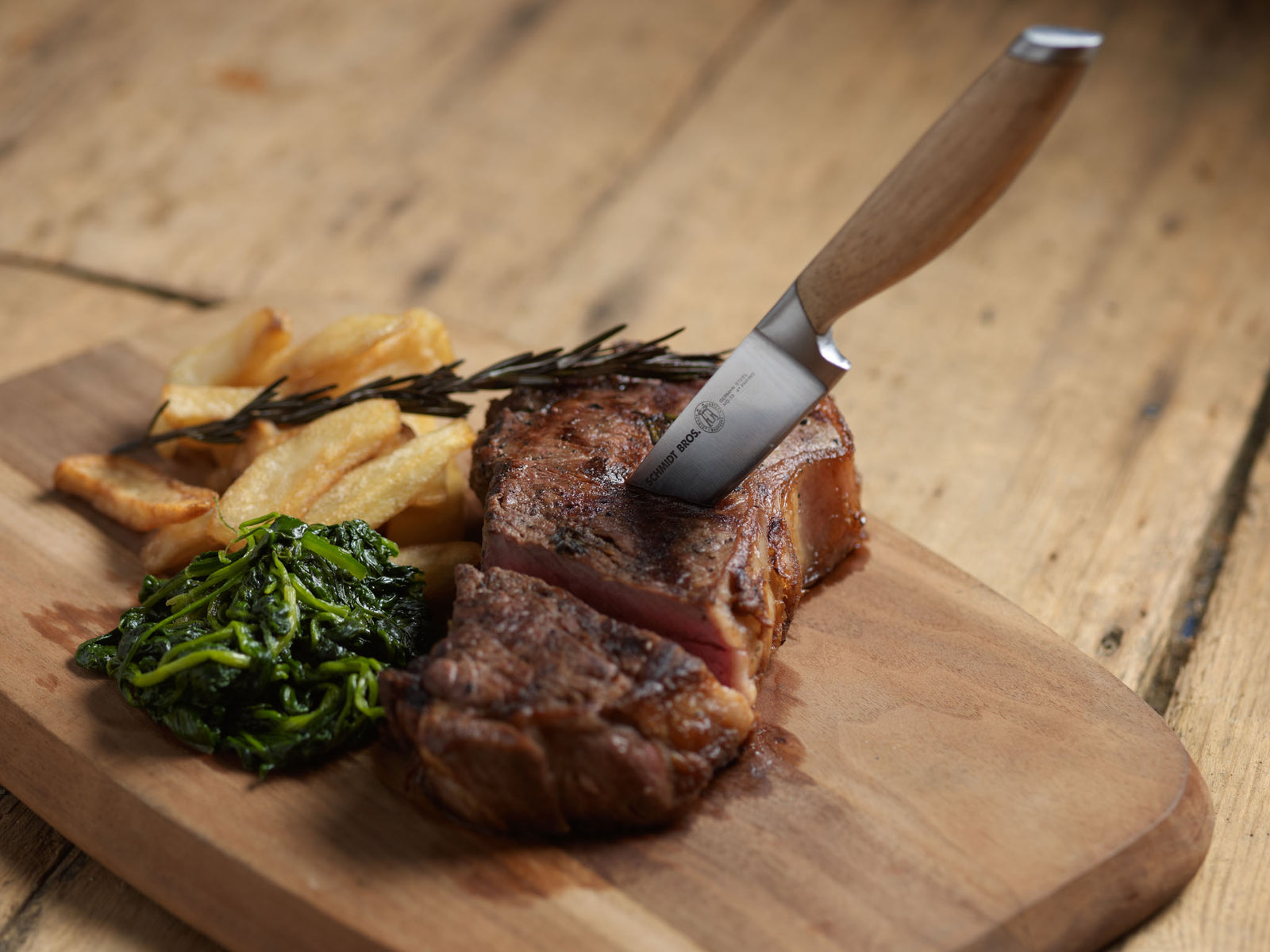When it comes to preparing the perfect slice of breadwhether its a crusty sourdough or a delicate briocheusing the right tool is non-negotiable. But what makes a good bread knife? For kitchen professionals who rely on precision, efficiency, and durability, understanding the features of a high-quality bread knife is essential. Lets dive into the key aspects that determine why some bread knives stand out while others fall flat.
:max_bytes(150000):strip_icc()/faw-knife-sharpeners-aug-24-test-chefs-choice-angleselect-professional-electric-nsimpson-7-adffc06ba0134f72999f4a4d85c657a6.jpeg)
Why Is a Bread Knife Essential in the Kitchen?
As a kitchen professional, you know that not all knives are created equal. Bread knives are specifically designed to slice through soft interiors and hard crusts without crushing the delicate texture of the bread. The serrated design is what sets it apart, allowing for clean cuts and reduced pressure on baked goods.
For insights into other vital kitchen knives, check out this guide to kitchen knives geared toward professionals.
Key Features That Define a Good Bread Knife
Serration Pattern and Edge Design
The serration pattern plays a critical role in performance. A well-designed bread knife will have perfectly spaced, sharp serrations that can grip into the surface of crusty bread while smoothly gliding through softer interiors. Avoid knives with overly aggressive or uneven serrations because they can tear the bread rather than slice through it.
Length of the Blade
The standard bread knife blade is typically between 8 to 10 inches long. A longer blade ensures smoother slices with fewer saw-like movements, particularly for large bakery items like baguettes or multi-tiered cakes.
Need advice on knives for cakes and other baked goods? Heres an informative post on cake and bread knives.
Strong and Sturdy Handle
Professional chefs spend hours with their tools, so comfort matters deeply. The handle on a good bread knife should provide a non-slip grip and excellent ergonomics. Materials like wood, resin, or high-quality plastic are often used to achieve a balance between functionality and style.
Durability and Construction
When choosing a bread knife, always look for blades made of stainless steel or high-carbon steel. These materials guard against rust and wear while providing exceptional edge retention. For more details on blade materials, refer to the different types of kitchen knives.
Using and Maintaining a Good Bread Knife
Even the best bread knives need proper care. Hand washing is always recommended to protect the blades integrity and prevent dulling of serrations. Want to sharpen your knowledge on knife care? Check out this guide on cleaning a knife efficiently.
Sharpening Serrated Blades
Sharpening a bread knife requires a specialized tool called a serrated knife sharpener. This ensures that the unique teeth of the blade remain sharp for long-term use. If you want to master the art, heres a detailed write-up on sharpening serrated knives.
Recommended Bread Knives for Kitchen Professionals
Heres a curated list of top-performing bread knives for pros:
- Knife A: Features ergonomic handles and high-carbon stainless steel blades.
- Knife B: Offers unparalleled durability and a perfect serration pattern.
- Knife C: Designed to handle both crusty bread and delicate pastries.
FAQs About Bread Knives
How do you choose the right length for a bread knife?
Choose based on your cutting needs. A 10-inch knife works best for large loaves, while an 8-inch blade is ideal for smaller purposes.
Can a bread knife be used for non-bread items?
Yes, it can handle cakes, pastries, and even soft fruits like tomatoes.
Is it necessary to sharpen a bread knife?
Yes, though not as frequently as other knives. Use a serrated knife sharpener to maintain its cutting edge.

Final Thoughts
Understanding what makes a good bread knife can significantly improve your culinary efficiency and satisfaction. Invest in quality, prioritize features that matter, and your bread knife will become one of your go-to kitchen tools. For more expert tips, check out this buying guide for other essential tools for kitchen professionals.
This article contains affiliate links. We may earn a commission at no extra cost to you.


























